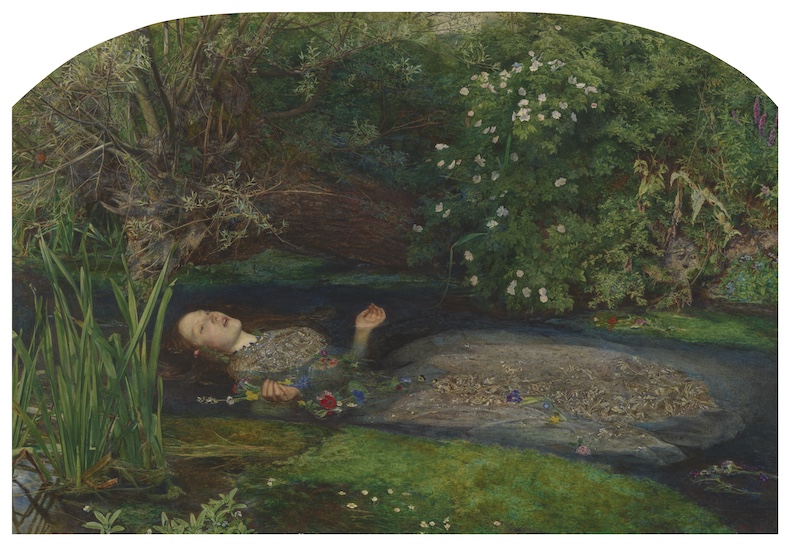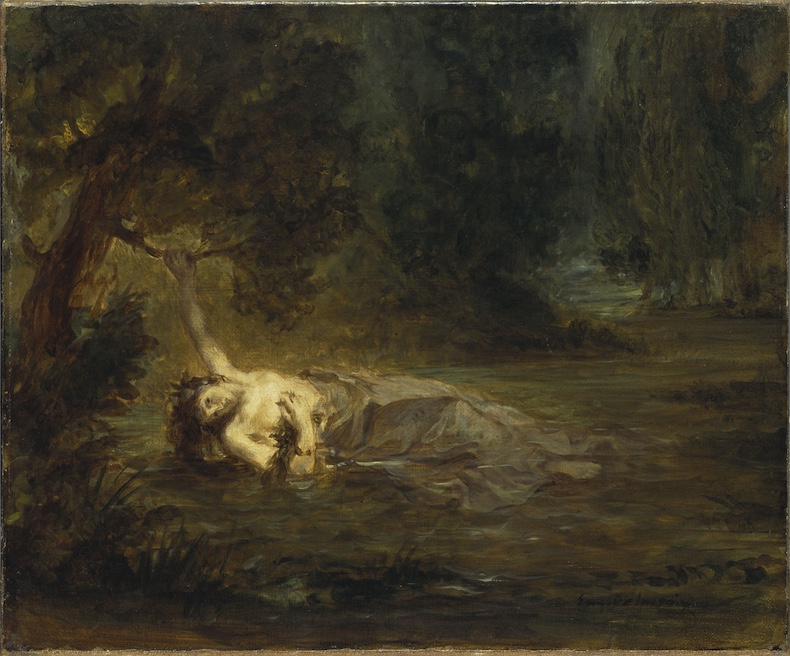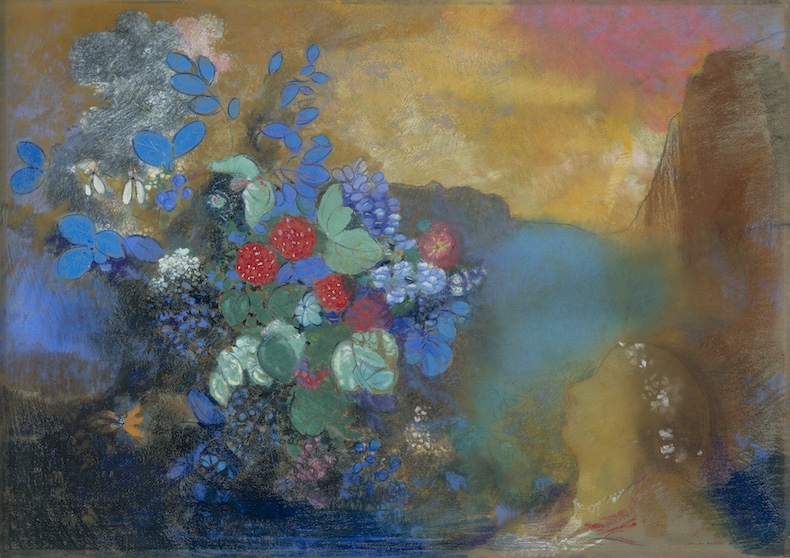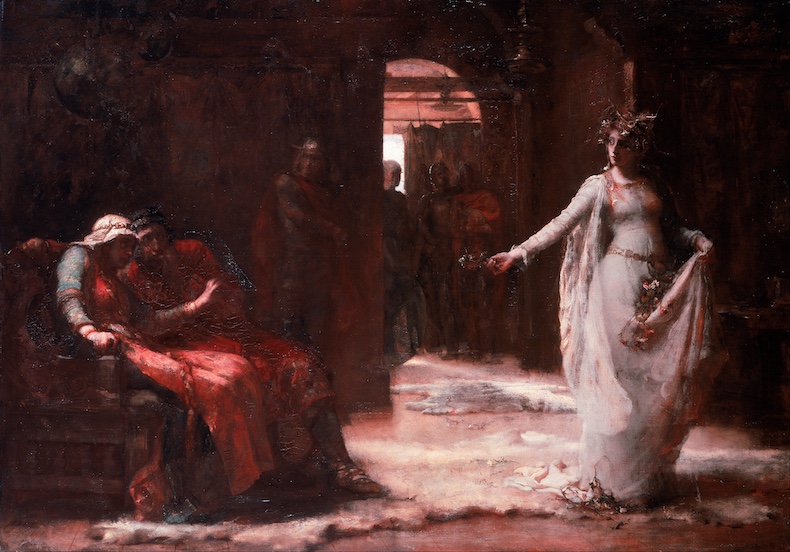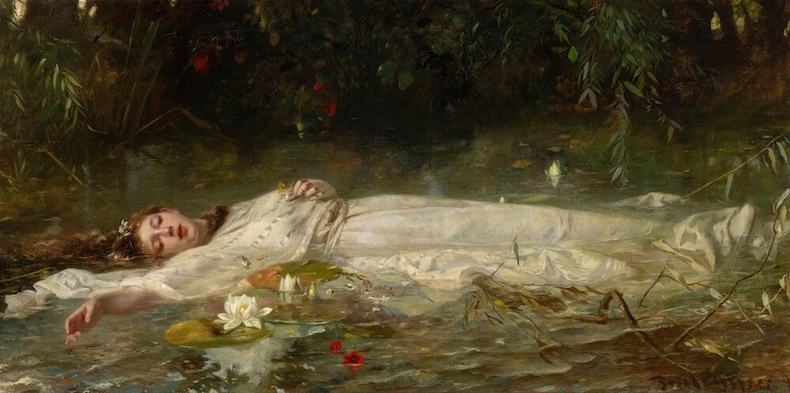Given the blanket coverage of Taylor Swift’s new album, Life of a Showgirl, Rakewell has not thus far felt the need to add to the discourse. Things changed this week, however, when talk turned to one of your correspondent’s favourite topics: museum visitor statistics. The Museum Wiesbaden in Germany has announced that Swift’s album has prompted people to flock to its galleries in recent weeks, to see one painting in particular: Friedrich Heyser’s Ophelia (c. 1900). Fans who have seen the video for the album’s lead single, The Fate of Ophelia, will know that at the start of the video, Swift chooses to mimic the pose adopted by Heyser’s depiction of Shakespeare’s most famous tragic heroine. ‘We’re really enjoying this attention – it’s a lot of fun,’ museum spokesperson Susanne Hirschmann told the Associated Press.
This raises several intriguing points – not least the possibility that Swift herself has been to Wiesbaden. (We note that the Eras Tour involved three nights in Gelsenkirchen, a mere 250km away.) By far the most famous depiction of Ophelia is the one by Millais that hangs in Tate Britain; could Swift’s decision to go with Heyser’s painting over Millais’s signal that the world’s most famous pop star is jumping on the Tate-bashing bandwagon? Or perhaps she is just flexing her knowledge of art history by picking a lesser-known work. That said, if her art historical credentials are anything like her familiarity with literature, that seems unlikely. At several points in the song she sings about being alone in her tower, waiting for her saviour to come along – which sounds much more like Tennyson’s Lady of Shalott than it does Shakespeare’s Ophelia, who never graces any towers in Hamlet. And when the same verse expresses relief at being dug out of her grave, there is no suggestion that said grave was a watery one.
Swift’s rather left-field choice does, however, put Rakewell in mind of some of the other great paintings of Ophelia, which range from the solemn to the bizarre. It’s easy to see why Ophelia – beautiful, young, doomed – was catnip for Pre-Raphaelites such as Millais and Rossetti, but a host of others have had a go too, including Delacroix, who painted a rather ghoulish version; Odilon Redon, who went full-on Symbolist and centred a bouquet of flowers in his depiction; and even Sarah Bernhardt, who when she wasn’t acting was instead sculpting marble reliefs of roles she had played. Find some of Rakewell’s favourites below.
